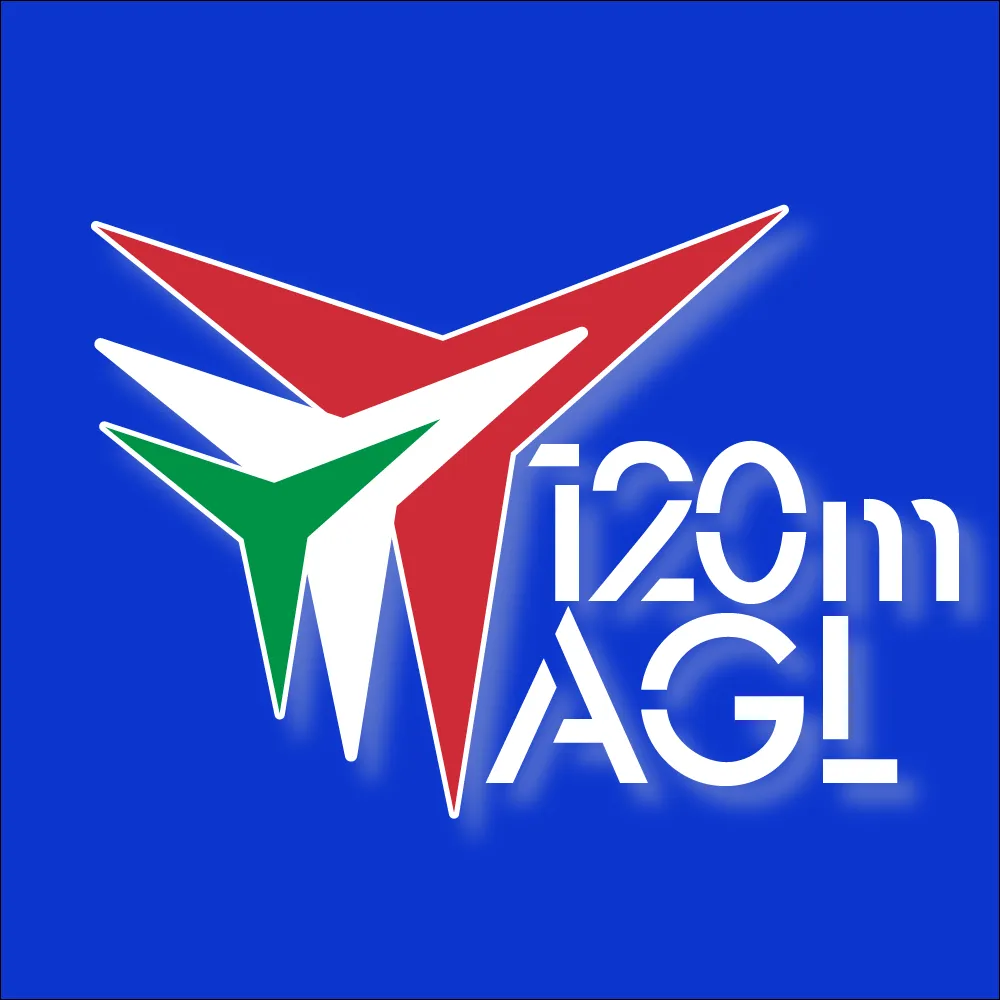Introduction
The skies are evolving. With the European Union Aviation Safety Agency (EASA) granting a Design Verification Report (DVR) to Nokia’s LTE/5G Drone System, we’re witnessing a pivotal moment in the convergence of telecommunications and aviation. This achievement not only validates Nokia’s technology but also sets a precedent for how connectivity can enhance safety and scalability in drone operations.What Is the EASA Design Verification Report?
The DVR is a formal acknowledgment that a system meets specific safety and compliance requirements under the Specific Operations Risk Assessment (SORA) methodology, as defined in Regulation (EU) 2019/947. In simple terms, it’s a green light for operators to seek national authorization for their Concept of Operations (ConOps). For Nokia, this means their LTE/5G Drone System has been evaluated for:- ▸M2 Risk Mitigation with High Level of Robustness (M2 High)
- ▸Enhanced Containment Measures: These are critical components for reducing ground risk and ensuring drones remain within safe operational boundaries, even in unexpected scenarios.
Why Is This Significant?
1. First-of-its-Kind Approval
Nokia is the first applicant to obtain EASA’s “no technical objection” for M2 High mitigations in this drone weight category. This required exploring new technical domains and compliance pathways—an achievement that will influence future regulatory frameworks.2. Enabling BVLOS Operations
Beyond Visual Line of Sight (BVLOS) operations are the holy grail for industrial and commercial drone use. Reliable connectivity through LTE and 5G ensures:- ▸Ultra-low latency for real-time control.
- ▸High bandwidth for streaming HD video and telemetry.
- ▸Network resilience for mission-critical tasks.
3. Industrial Applications
Nokia’s ConOps focuses on industrial inspections, such as:- ▸Monitoring energy infrastructure (power lines, wind turbines).
- ▸Inspecting oil and gas facilities.
- ▸Supporting smart city maintenance.
These use cases demand robust communication links to transmit data securely and efficiently—something LTE/5G excels at.
Technical Deep Dive
M2 High Mitigation
Under SORA, M2 mitigations address ground risk—the risk of a drone causing harm to people or property on the ground. Achieving High Level of Robustness means:- ▸Implementing redundant communication channels.
- ▸Ensuring fail-safe mechanisms for loss of link scenarios.
- ▸Validating containment through rigorous testing.
Enhanced Containment
This refers to the drone’s ability to stay within a predefined operational volume, even during system failures. Nokia’s LTE/5G system supports:Dynamic geofencing powered by real-time network data.
Automated return-to-home protocols triggered by connectivity loss.
SAIL II Environment
SAIL (Specific Assurance and Integrity Level) defines the complexity and risk of an operation. SAIL II represents medium-risk scenarios—common in industrial inspections—where robust mitigations are essential for regulatory approval.Broader Industry Impact
Telecom Meets Aviation
This milestone signals a new era where cellular networks become part of aviation infrastructure. Imagine:- ▸Drones leveraging nationwide LTE/5G coverage for seamless operations.
- ▸Integration with U-space, Europe’s drone traffic management system.
Accelerating Innovation
Regulatory clarity encourages investment. Expect:- ▸Partnerships between telecom and aerospace sectors.
- ▸Growth in connected drone ecosystems for logistics, emergency response, and agriculture.
Looking Ahead
Nokia’s achievement is more than a technical win—it’s a strategic enabler for the future of connected aviation. As 5G networks expand, drones will become integral to industries that demand precision, safety, and scalability.Key Takeaways
- ▸EASA’s DVR validates Nokia’s LTE/5G Drone System for M2 High mitigations and enhanced containment.
- ▸This approval accelerates BVLOS operations and industrial applications.
- ▸Connectivity is no longer optional—it’s the backbone of safe, scalable drone ecosystems.
Final Thoughts
The skies are opening up for connected, intelligent operations. With LTE/5G as a safety enabler, drones are poised to transform industries worldwide. The question isn’t if connectivity will redefine aviation—it’s how fast.EASA Annoucement
Nokia LTE/5G Drone System obtains EASA Design Verification ReportDisclaimer: This content is for educational purposes only. Always consult official EASA documentation and your National Aviation Authority before conducting commercial UAS operations
EASA Regulatory Compliance Notice
This content is for educational purposes only and is based on EASA regulations current at the time of generation.
Always consult the official EASA documentation and your local aviation authorities for the most current regulations and legal compliance requirements before operating any UAS.

